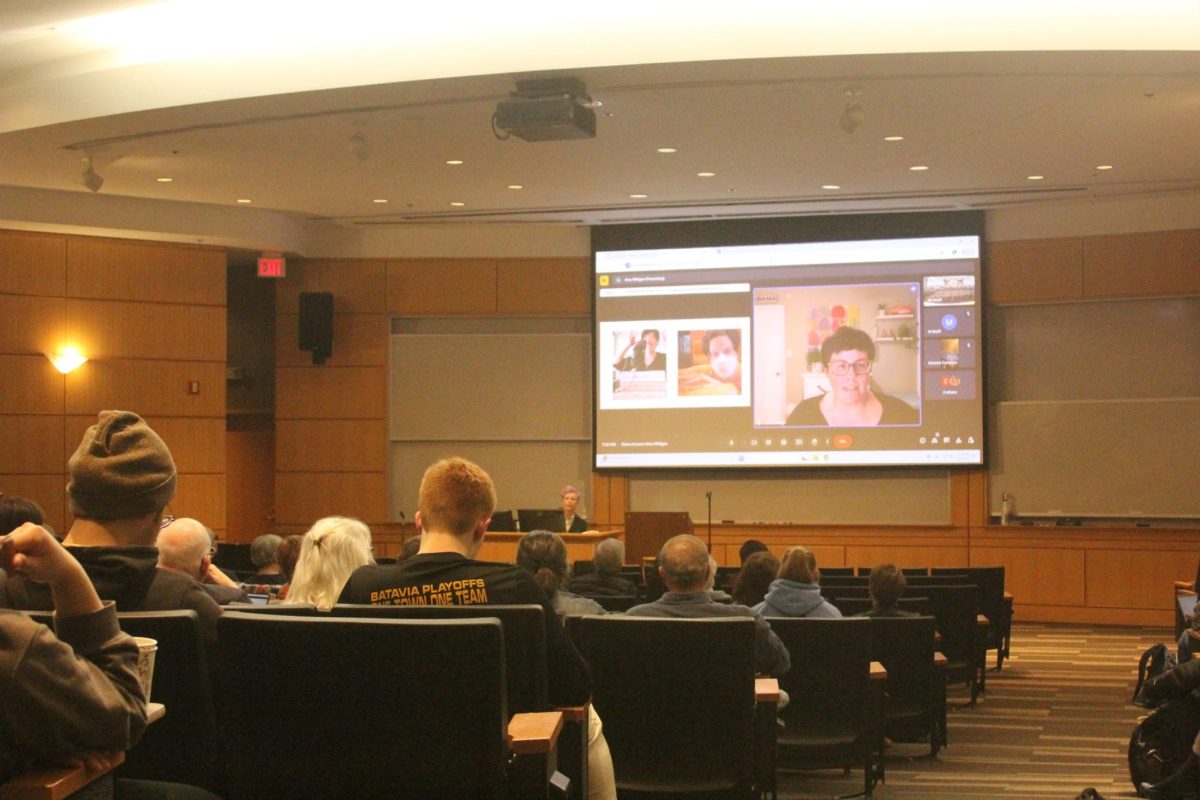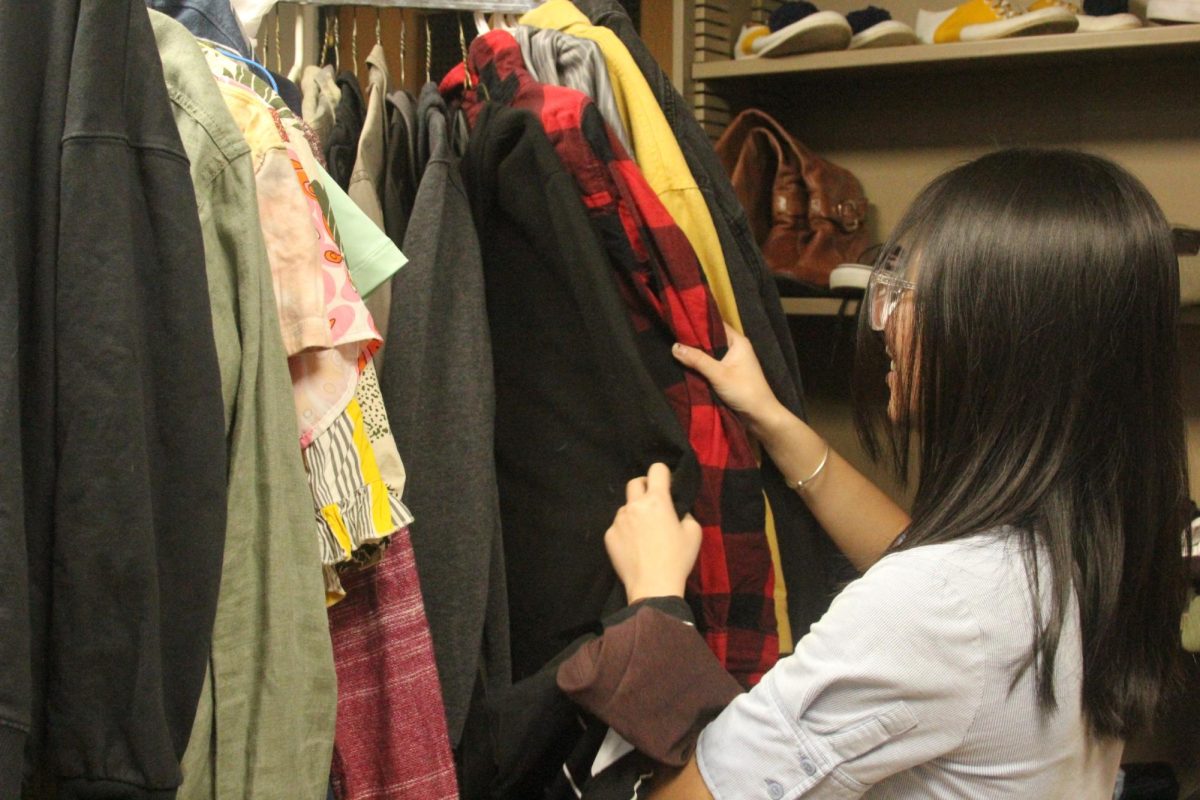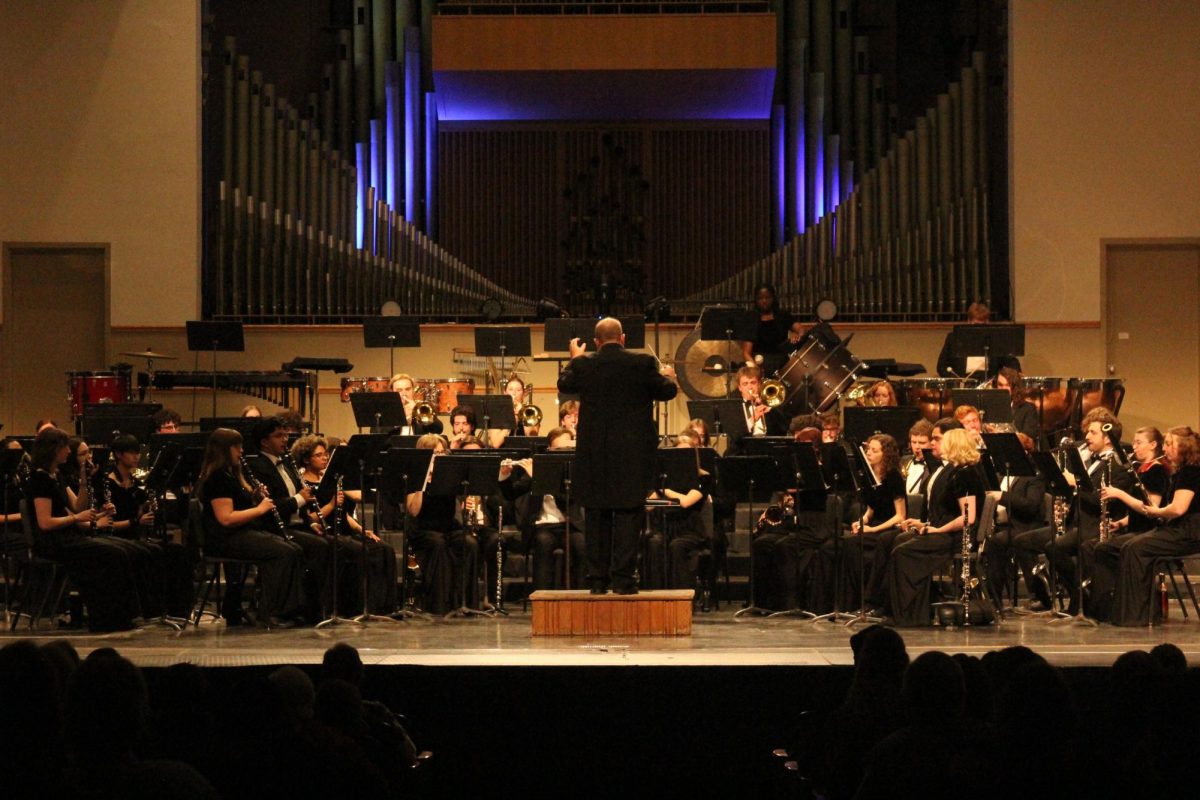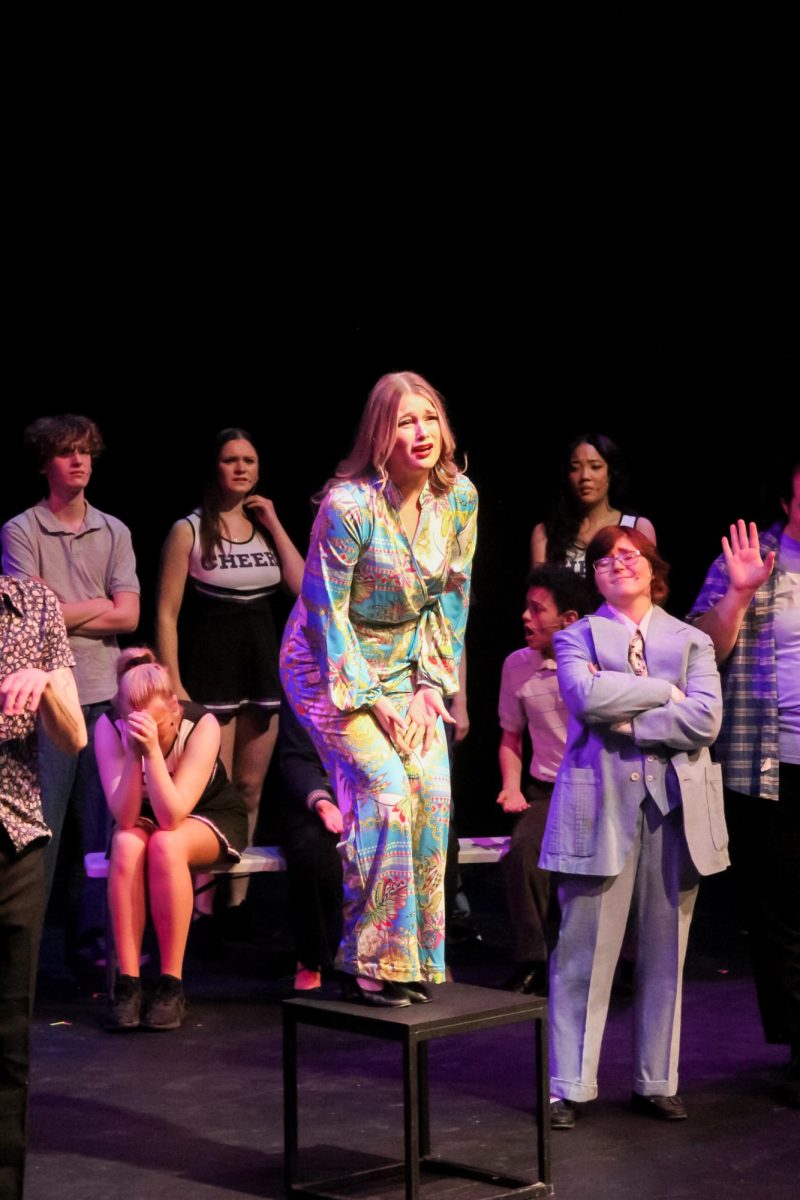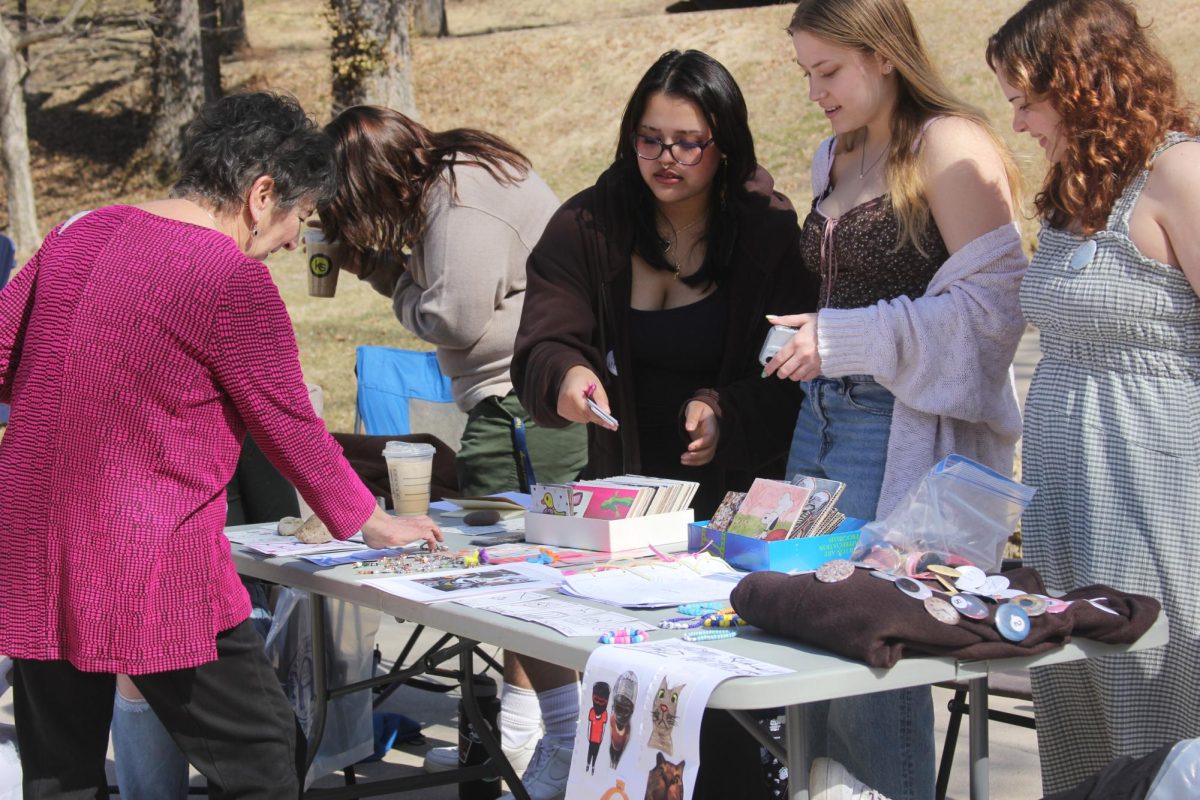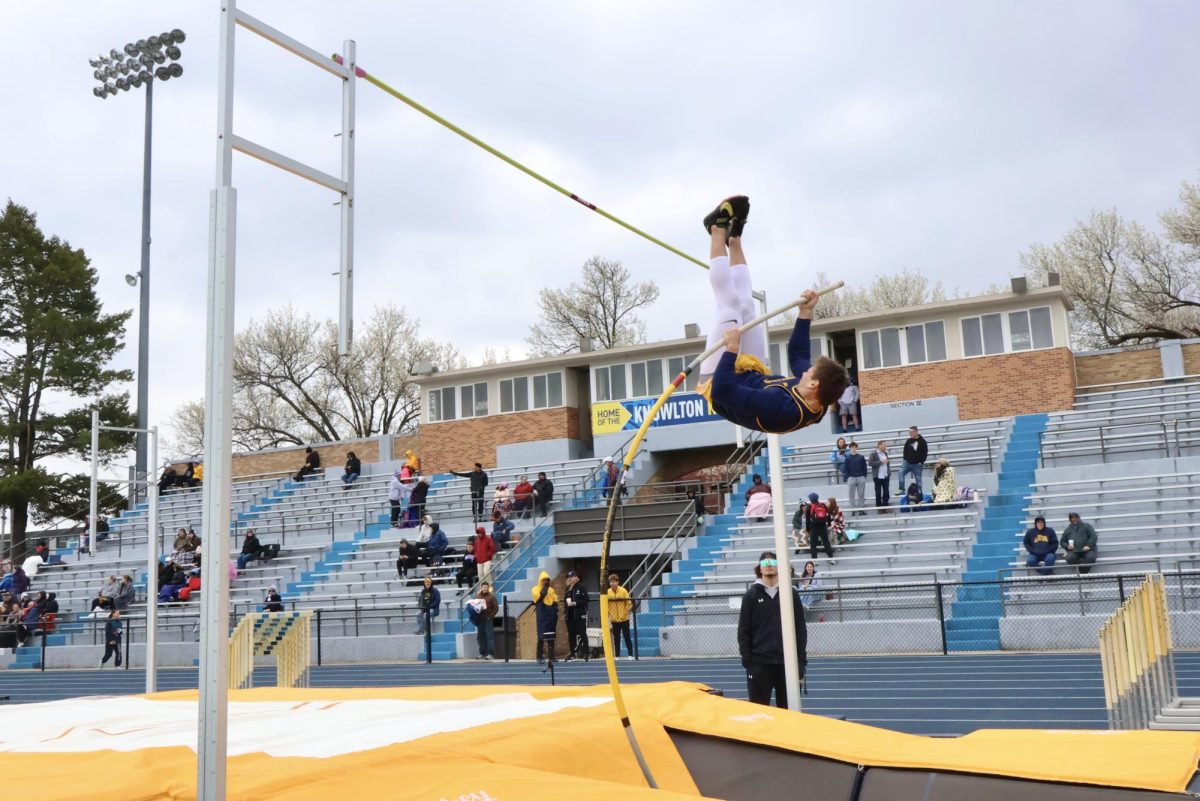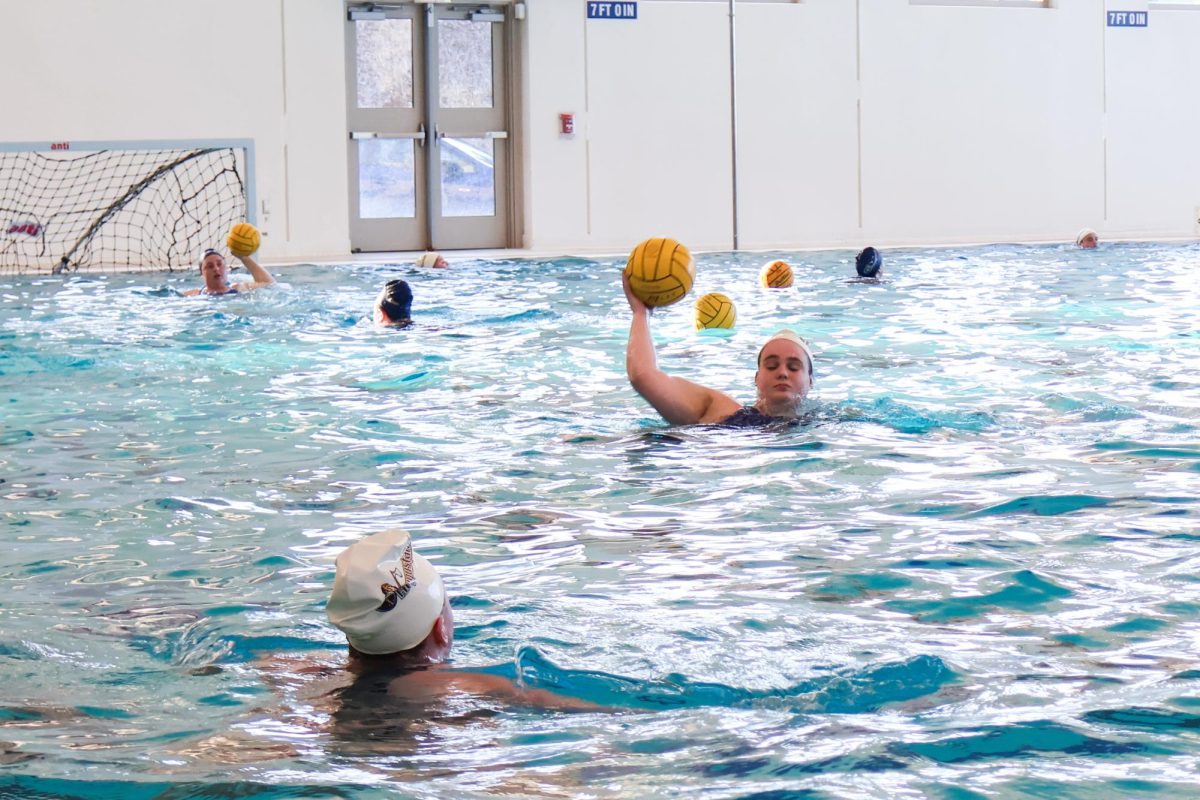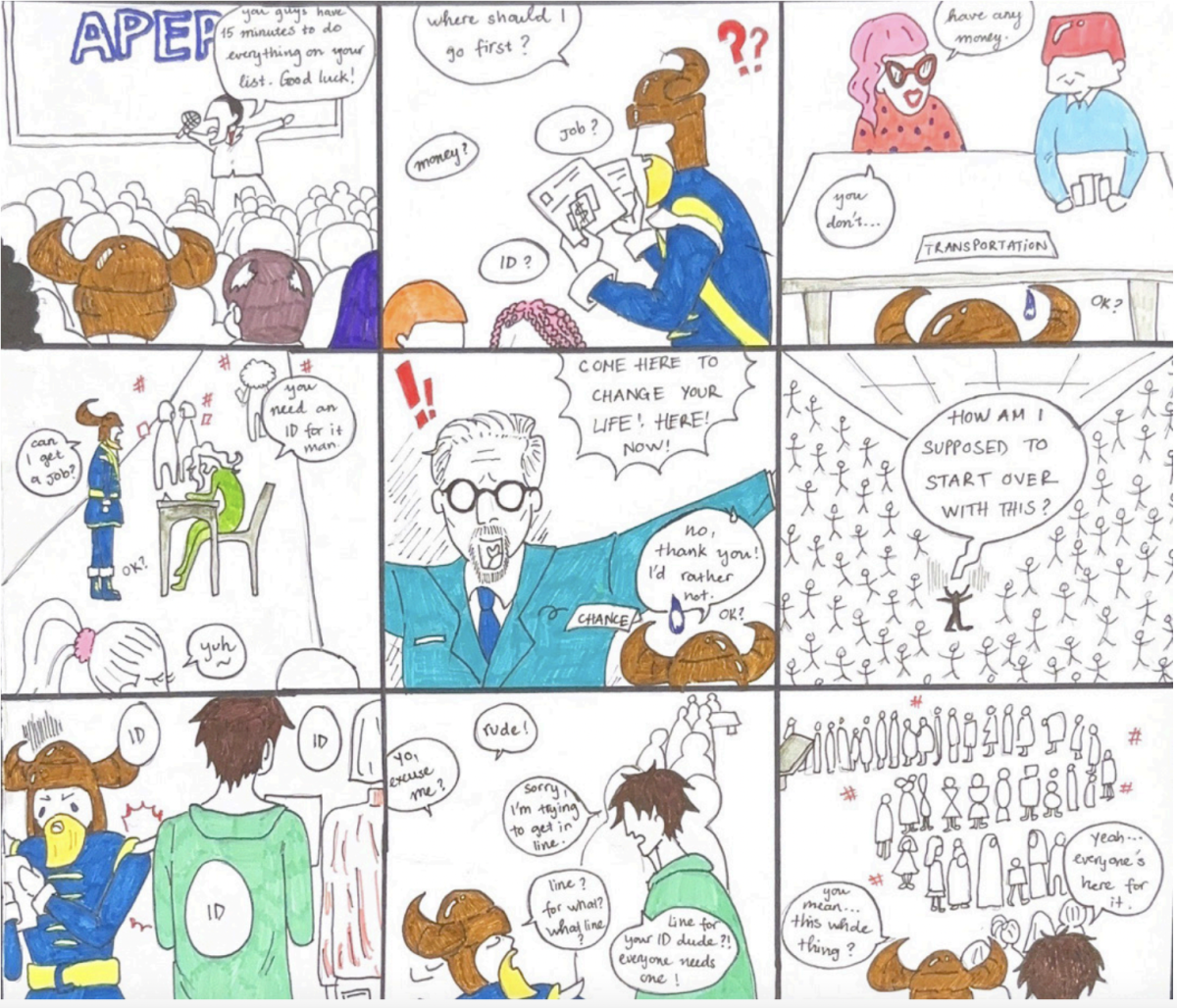The Augustana Prison Education Program (APEP) held a re-entry simulation in the Gavle rooms to immerse community members into a scenario that showed them what re-entering the world after incarceration is like.
The simulation was held on Wednesday, March 13. It was sponsored by Jeffrey Abramowitz, the CEO of the Petey Greene Program.
The Petey Greene Program, much like APEP, helps provide education to those who are incarcerated.
Sharon Varallo, executive director of APEP, said the simulation is designed to help shed light on the experiences of incarcerated individuals.
“We throw their lives away and make it very hard to stay out of prison, just from the simple things,” Varallo said. “People are let out of prison with the clothes on their backs and 50 dollars in their pockets.”
Varallo founded APEP to provide education to incarcerated men at the East Moline Correctional Center.
“When students go to Augustana when they go to college, many students find that transformative. They discover who they are, they discover what options are available to them,” Varallo said. “The same is true only 10 times more for folks who don’t have a background where they were expected to go to college.”
During the simulation, each participant received a card with a name, the jail sentence served, educational background, finances, employment status and housing situation, along with an information sheet containing instructions specifying the tasks they needed to complete.
The simulation allowed participants to step into an experience they may not have understood before: the steps an incarcerated individual must take when re-entering the world outside prison.
There were various stations that participants had to stop at to complete a task. Some stations included a medical clinic, career center, court and counseling services. Each participant had different tasks depending on the card that was given.
Some involved getting a job, attending Alcoholics Anonymous and getting a ‘drug test’ at the clinic. If a participant failed to complete these tasks, that person would go back to jail. This simulation is similar to process many prisoners face coming back into the world.
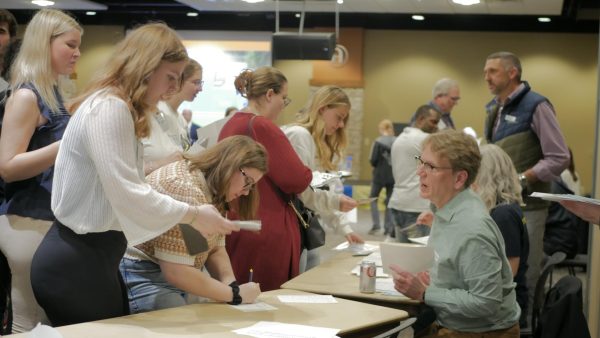
The tasks must be completed every 4 “weeks,” and each week lasts 15 minutes long. First-Year student Amelia Miller ran into many problems during the simulation.
“It’s been really stressful, a lot more than I thought it would be,” Miller said. “I didn’t realize it was so complicated for these people to get back into society.”
Pastor Melinda Pupillo volunteered at the ministry station that participants would go to for Alcoholics Anonymous. She said she was able to take away a lot about the re-entry process by witnessing the stress many participants faced during the tasks, due to restrictions such as limited transportation and funds.
Pupillo said she felt disgusted when thinking about what incarcerated individuals have to go through when coming out of prison.
“It’s like we’re crafting a scenario that involves a lot of desperation,” Pupillo said. “These people that have already crossed some of those lines, [and] it’s almost like they are being told there is no other way that you can get ahead without making some desperate choices that might get you in trouble.”
Many students attended the re-entry program, as either participants or volunteers at the stations, which allowed them to better understand the situation previously incarcerated individuals face.
Bonnie Jessee, administrative assistant of APEP, organized this year’s re-entry simulation. According to Jessee, the next simulation will be done by the Safer Foundation in Davenport during next Symposium Day in the fall.
The simulation illustrated that re-entry processes put people under extraordinarily stressful circumstances.
“The incarcerated are people. They’re regular people,” Varallo said.

